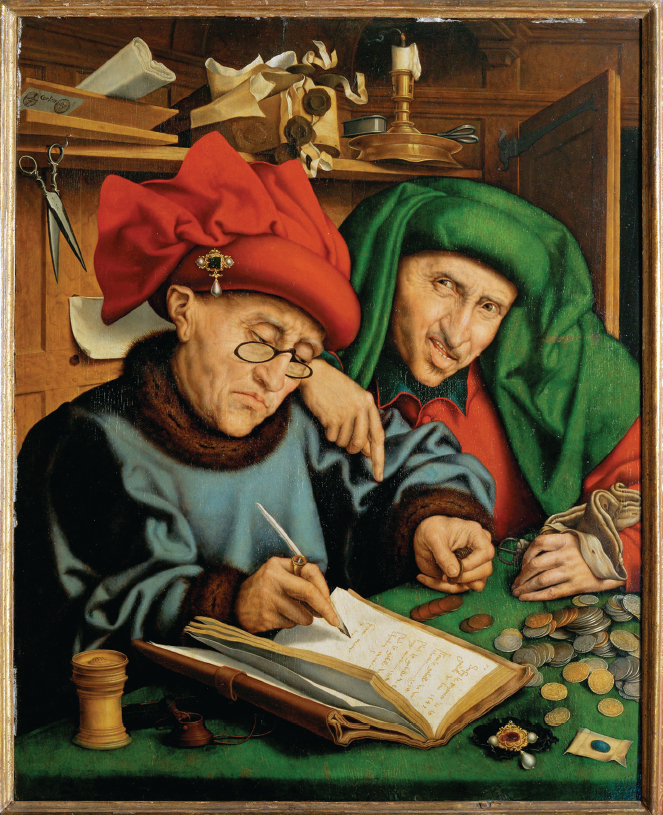How did nation-states develop in this period?
TTHE HIGH MIDDLE AGES had witnessed the origins of many of the basic institutions of the modern state. The office of sheriffs, inquests, juries, the office of circuit judge, professional bureaucracies, and representative assemblies all trace their origins to the twelfth and thirteenth centuries. The linchpin for the development of states, however, was strong monarchy, and during the period of the Hundred Years’ War, no ruler in western Europe was able to provide effective leadership. The resurgent power of feudal nobilities weakened the centralizing work begun earlier.
Beginning in the fifteenth century, however, rulers utilized aggressive methods to rebuild their governments. First in the regional states of Italy, then in the expanding monarchies of France, England, and Spain, rulers began the work of reducing violence, curbing unruly nobles, and establishing domestic order. They attempted to secure their borders and enhanced methods of raising revenue.

CONNECTIONS: In Spain, converso tax collectors were widely resented. What were some of the reasons behind this resentment? How did this hatred shape political developments in Spain?